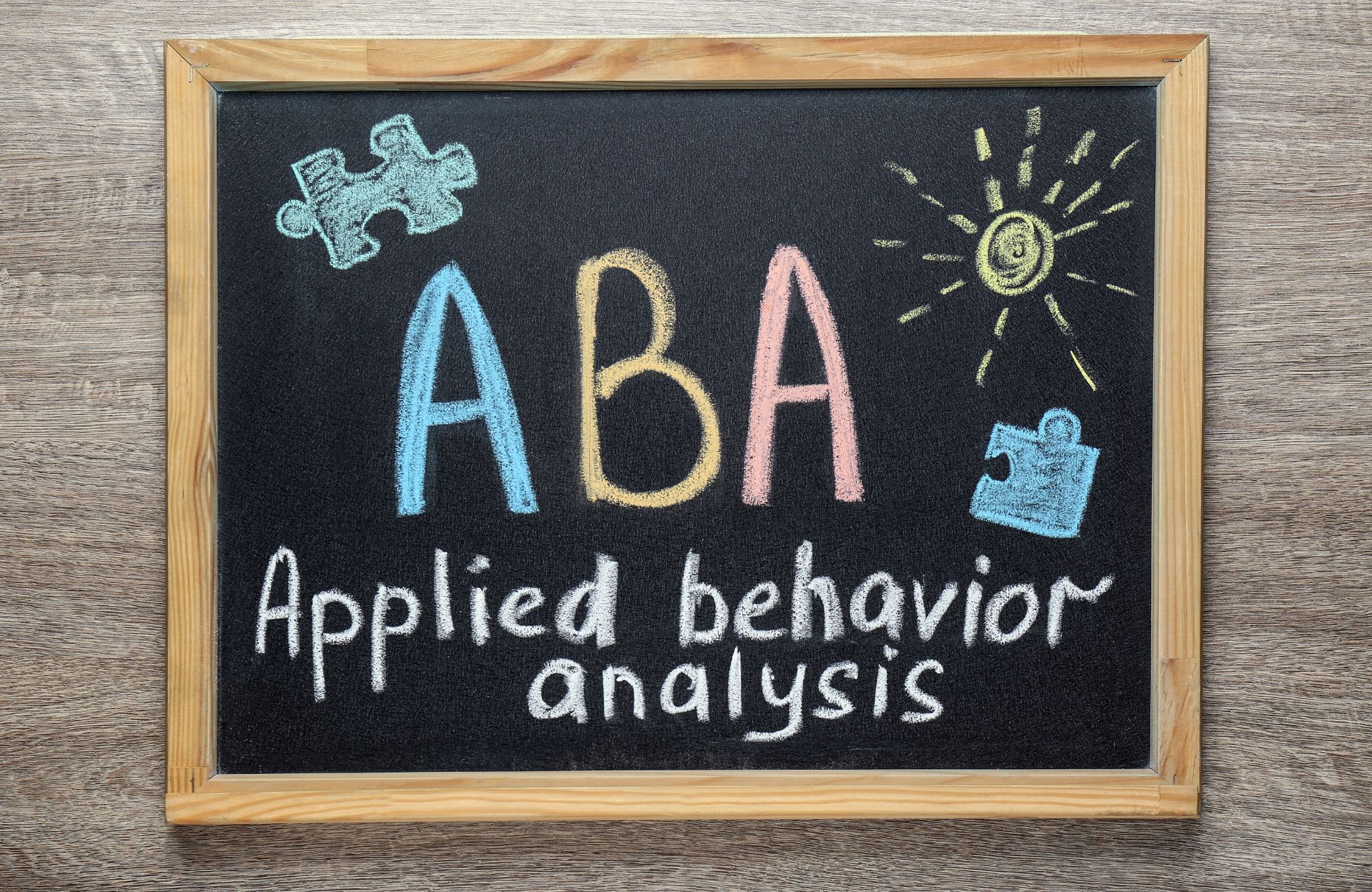How Long Does It Take to Become an ABA Therapist? Key Guide
Navigating the path to becoming an Applied Behavior Analysis (ABA) therapist involves several critical stages, from education to certification and licensure. The journey’s duration varies significantly depending on your starting point, educational choices, and career goals. For those considering this rewarding career working with individuals with autism spectrum disorder and other behavioral conditions, understanding the complete timeline is essential for effective planning. This comprehensive guide breaks down exactly how long it takes to become an ABA therapist, with special insights for those in New Mexico.
The Complete Timeline: How Long Does It Take to Become an ABA Therapist?
Overview of the Certification Levels and Timelines
The path to becoming an ABA therapist offers multiple entry points, with certification options that align with different career goals and time investments. Each certification level requires specific education, supervised experience, and examination components that contribute to the overall timeline for aspiring ABA therapists.
| Certification Level |
Education Required |
Experience Hours |
Exam Required |
Average Timeline |
| Registered Behavior Technician (RBT) |
High school diploma |
40-hour training + Competency Assessment |
RBT Exam |
1-3 months |
| Board Certified Assistant Behavior Analyst (BCaBA) |
Bachelor’s degree + ABA coursework |
1,000-1,300 hours |
BCaBA Exam |
2-3 years |
| Board Certified Behavior Analyst (BCBA) |
Master’s degree + ABA coursework |
1,500-2,000 hours |
BCBA Exam |
5-7 years |
The full process from deciding to enter the field of behavior analysis to achieving certification through the Behavior Analyst Certification Board typically ranges from 6 months for entry-level positions to 7+ years for advanced certifications. This timeline can be shortened or extended based on several key factors, including whether you pursue education full-time or part-time, your previous educational background, and the availability of qualified supervisors in your area.
Education Requirements Timeline
The foundation of becoming an ABA therapist begins with education, with requirements varying based on your targeted certification level and the behavior analysis principles you’ll need to master.
A bachelor’s degree typically requires 4 years of full-time study, with relevant majors including psychology, education, human services, or applied behavior analysis therapy. Many students planning careers in ABA choose psychology degrees with concentrations in behavioral science or special education to build a strong foundation for understanding human behavior and developmental disabilities.
For those pursuing BCBA certification, a master’s degree adds approximately 2 years to the timeline. Programs specifically in behavior analysis or with an ABA emphasis may offer streamlined paths to certification by incorporating the required BACB coursework. Some universities now offer accelerated master’s programs that can be completed in 18 months rather than the traditional two years, helping aspiring ABA therapists enter the field more quickly.
Doctorate options, while not required for ABA practice, add 4-6 years beyond the master’s level. A Ph.D. or Psy.D. with an emphasis in behavior analysis can open additional doors in research, teaching, or specialized clinical practice focusing on specific behaviors and treatment strategies.
Online programs have increasingly become popular options that can offer more flexibility compared to traditional campus-based education. While the credit requirements remain the same, online programs may allow students to progress at their own pace, potentially shortening the timeline by a semester or more for highly motivated students who can dedicate sufficient time to their studies while gaining insights into effective intervention strategies.
Breaking Down the Certification Process Timeline
Coursework Requirements and Timeline
The Behavior Analyst Certification Board (BACB) specifies a sequence of coursework covering the conceptual foundations, behavior assessment, intervention strategies, and ethical considerations of applied behavior analysis. These requirements include approximately 270 hours of graduate-level instruction across multiple content areas focused on improving socially significant behaviors.
Full-time students typically complete this coursework within their master’s program over 4-5 semesters (approximately 2 years). Part-time students may spread this coursework over 3 years, taking 1-2 classes per semester while maintaining other professional or personal obligations, which requires dedication but allows for greater work-life balance.
Some universities now offer accelerated course sequences designed specifically for working professionals in behavior analysis. These intensive programs may compress the coursework into 12-18 months through concentrated weekend classes or summer intensives, though they require significant time commitment during those periods for successful completion of the comprehensive training.
In New Mexico, several universities offer BACB-approved course sequences, including both campus-based and online options accessible to residents throughout the state. The University of New Mexico and New Mexico State University both provide approved course sequences that can be completed within their special education or psychology graduate programs, preparing students to implement ABA techniques effectively.
Supervised Fieldwork Hours
Acquiring the necessary supervised experience represents one of the most time-intensive components of certification. The BACB offers three fieldwork options, each with different hour requirements and supervision from a qualified supervisor:
- Supervised fieldwork requires 2,000 hours, with at least 5% of those hours under direct supervision. With a full-time position (40 hours/week), this can be completed in approximately 12-14 months, accounting for holidays and time off while gaining expertise in behavior intervention plans.
- Concentrated supervised fieldwork requires 1,500 hours with at least 10% under direct supervision. Working full-time, this option can be completed in about 9-10 months, making it a faster path for those able to secure more intensive supervision focused on targeting specific behaviors.
- Most candidates working in existing ABA settings complete their hours while employed, often starting in roles like behavior technician while pursuing advanced certification. Part-time supervision extends the timeline proportionally. Working 20 hours per week would double the time needed to complete the requirements but allows for balancing other commitments.
In New Mexico, supervision opportunities exist primarily in autism treatment centers, school districts, and behavioral health organizations focusing on developmental disabilities. Rural areas may present more challenges for finding qualified supervisors, potentially extending the timeline unless remote supervision options are arranged through professional organizations.
BCBA Exam Preparation and Timeline
Exam Application Process
After completing education and supervised experience requirements, candidates must apply to take the certification exam through the Behavior Analyst Certification Board. The application process includes submitting documentation of completed coursework and supervision, which typically takes 2-4 weeks for BACB review and approval.
Once approved, candidates must schedule their exam within a two-year authorization period. The BCBA exam is offered continuously throughout the year, allowing for flexible scheduling, though popular testing times may require booking several weeks in advance to secure a spot.
Most candidates allow 1-2 months between application approval and taking the exam to ensure adequate preparation time. This period should be factored into the overall certification timeline as part of your professional development activities.
Study Timeline
The BCBA exam is comprehensive and challenging, with first-time pass rates typically ranging from 60-65%. Most successful candidates report studying intensively for 2-3 months, with 10-20 hours per week dedicated to exam preparation and reviewing behavior analysis principles.
Structured study plans using practice exams, flashcards, and study guides help candidates efficiently prepare. Many also participate in study groups or hire exam coaches to ensure thorough preparation, which is critical for a successful career in applied behavior analysis.
For those who do not pass on the first attempt, the BACB allows candidates to retake the exam after a 30-day waiting period, with a maximum of 8 attempts within the two-year authorization period. Each retake extends the certification timeline, highlighting the importance of thorough initial preparation for the RBT exam or BCBA exam.
State Licensure Process in New Mexico
New Mexico Requirements
Beyond BACB certification, New Mexico requires behavior analysts to obtain state licensure through the New Mexico Regulation and Licensing Department. This application process typically takes 4-6 weeks after submission of a complete application, as licensure requirements vary by state.
New Mexico requires BCBA certification as a prerequisite for licensure, but also mandates a criminal background check and verification of good standing in all states where the applicant has previously held professional licenses. These additional steps may add 2-4 weeks to the timeline depending on processing times but ensure ethical considerations are addressed.
The state processing time for behavior analyst licenses in New Mexico averages 30 days once all documentation is received, though this can vary based on application volume and staffing. Planning for this administrative timeline is important when preparing to begin practice in private practices or clinical settings.
New Mexico does maintain licensure reciprocity agreements with several states, potentially streamlining the process for those already licensed elsewhere. Verification of existing licenses typically adds 2-3 weeks to the application process but facilitates mobility for experienced ABA therapists.
Maintaining Your Certification
Once certified and licensed, ABA therapists must maintain their credentials through ongoing professional development and regular renewal processes. BCBA certification requires 32 continuing education units every two years, with specific requirements for ethics training to ensure up-to-date knowledge of behavior analysis international standards.
New Mexico requires annual license renewal, with verification of continuing BACB certification and completion of state-specific continuing education requirements. This ongoing maintenance ensures therapists remain current with evolving best practices in behavior reduction and skill acquisition techniques.
Newly certified BCBAs must also complete supervision requirements if they supervise technicians or trainees, requiring additional training that may take 8-16 hours to complete. This training must be factored into the career development timeline for those planning supervisory roles and is essential for maintaining high standards in RBT training programs.
Factors That Can Impact Your Timeline
Accelerating Your Path
Previous education and experience in related fields can significantly impact certification timelines. Those with psychology or education backgrounds may have already completed some prerequisites, potentially reducing coursework requirements and strengthening necessary skills for providing ABA therapy.
Strategic planning of fieldwork can also accelerate the process. Securing positions with higher supervision ratios or in settings that offer concentrated fieldwork options can reduce the time needed to accumulate required hours while developing communication skills essential for effective intervention.
Effective exam preparation strategies, including structured study plans and practice exams, improve first-time pass rates. Passing the exam on the first attempt can save 2-3 months compared to those requiring retakes, which is significant when establishing yourself as a certified ABA therapist.
Online programs increasingly offer year-round enrollment and accelerated course options, potentially reducing degree completion time. Some programs specifically designed for working professionals allow coursework to be completed while simultaneously accumulating supervised hours, making obtaining RBT certification more accessible.
Common Timeline Challenges
Finding qualified supervisors represents one of the most significant challenges for many candidates, particularly in rural areas. Limited supervision availability can extend the fieldwork timeline by months or even years in some cases, affecting your RBT certification process or BCBA aspirations.
Balancing work, education, and fieldwork requirements creates significant demands on time and energy. Many candidates pursuing BCBA certification work full-time while completing coursework and supervision part-time, extending the overall timeline but maintaining financial stability while implementing ABA techniques.
Financial considerations affect timeline decisions for many candidates. Furthermore, the substantial cost of graduate education and reduced income during intensive study or fieldwork periods may necessitate part-time approaches that extend the overall timeline but allow for sustainable professional development.
Recent adaptations following the COVID-19 pandemic have introduced greater flexibility in remote supervision and online education options. These changes have made certification more accessible for candidates in remote areas, potentially shortening timelines by eliminating relocation or commuting requirements while maintaining the RBT competency assessment standards.
Conclusion
The journey to becoming a successful ABA therapist typically spans from 1-3 months for entry-level positions to 5-7 years for becoming a board certified behavior analyst, depending on your starting point and career goals. While education and training requirements demand significant commitment, the structured progression through ABA programs allows for employment and professional growth throughout the process. Despite the substantial time investment needed for BCBA certification and a master’s degree, proper training ensures high-quality therapeutic services for individuals with autism. Additionally, the field continues to evolve with increasingly flexible options that make becoming a certified ABA therapist more accessible while maintaining rigorous standards. Learning from experienced ABA therapists can provide valuable insights for those considering this rewarding career path.
Ready to begin your journey as an ABA therapist? Affinity ABC offers comprehensive support for aspiring ABA professionals, from guidance on education and certification to career opportunities with our growing team. Our experienced BCBAs can help you navigate the certification process efficiently and effectively. Take the first step toward a rewarding career helping children with autism reach their full potential. Contact us today at (505) 584-2634 or admin@affinityabc.com to learn about career opportunities and how we can support your professional development.
FAQs
How long does it take to complete ABA?
The timeline for completing ABA certification varies by credential level, with RBT certification taking 1-3 months, BCaBA certification requiring 2-3 years, and BCBA certification typically taking 5-7 years from starting undergraduate education. The process includes completing required education, supervised fieldwork hours (1,500-2,000 hours for BCBA), and passing the certification exam.
What is the duration in ABA therapy?
ABA therapy treatment duration varies significantly based on individual client needs, severity of behavioral challenges, and treatment goals. Most clients receive ABA therapy for 1-3 years, though some may benefit from shorter or longer intervention periods. The duration is also affected by therapy intensity, which typically ranges from 10-40 hours per week depending on client needs and treatment plans.
What are the 7 requirements of ABA?
The seven core requirements of Applied Behavior Analysis include: being applied (addressing socially significant behaviors), behavioral (measuring observable actions), analytic (demonstrating functional relationships), technological (techniques are described precisely), conceptually systematic (based on behavior principles), effective (producing meaningful outcomes), and generalizable (skills transfer across settings).
How fast can you become an RBT?
You can become a Registered Behavior Technician (RBT) in as little as 1-3 months. This makes it the fastest entry point into the ABA field. Furthermore, the process requires a high school diploma, completing a 40-hour training program, passing a competency assessment, and completing the RBT exam. Many employers offer on-the-job training programs that allow you to complete these requirements while beginning your career.









